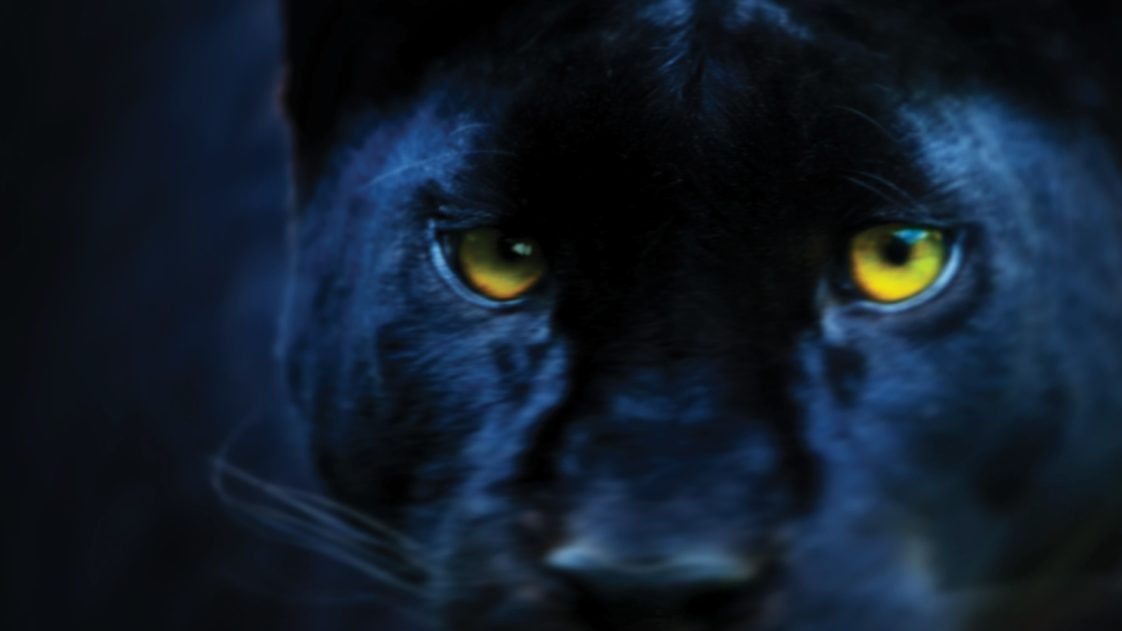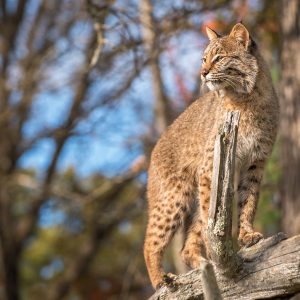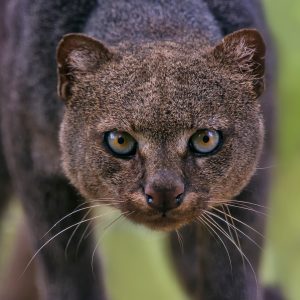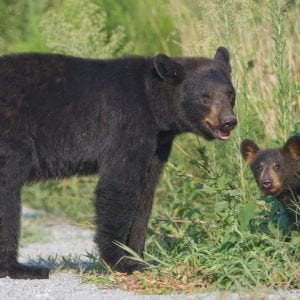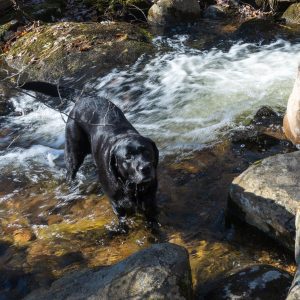Forestry & Wildlife

AUBURN UNIVERSITY, Ala. — From high-school mascots to the Marvel Universe, black panthers have appeared in many forms in today’s culture. However, is this big cat real or just an illustrated piece of fiction? Alabama Cooperative Extension System wildlife experts are here to help uncover yet another big-cat mystery.
There are many names that people use to refer to the animal scientifically known as Puma concolor. These names include panther, mountain lion, cougar, puma, mountain devil, mountain screamer, catamount and others. Historically, panthers were in Alabama. However, Alabama Extension experts revealed in “Mountain Lions: Alabama’s Big-Cat Mystery” that there has yet to be a reliable verification in almost 70 years.
Fact or Fiction?
There are many people in Alabama and beyond that claim to have encountered a black panther. However, Wesley Anderson, an Alabama Extension wildlife specialist, said when specifically referring to Puma concolor — the species most commonly referred to as panthers — there is no such thing as a black panther.
“Melanistic Puma concolor, meaning those that are black or much darker than their typical tawny color, have not been recorded anywhere,” Anderson said.
Melanin is a substance in living organism that is responsible for producing the pigmentation of hair, feathers, eyes and skin. The more melanin an organism has, the darker these featured will appear. In genetic lines that contain a lot of melanin, the organisms will be black.
“Melanism is determined by genetics, so if the right mutation occurs, a black panther could exist, but there’s currently no scientific evidence that says they do exist,” Anderson said.
Other Big Cats
While panthers do not have a melanistic line of genetics, there are many other big cats that do. These are the animals that people may incorrectly referred to as black panthers. Anderson said leopards and jaguars are two common ones.
“Simply put, a black panther in Africa or Asia is probably a melanistic leopard,” Anderson said. “If people in North America or South America say they have seen a black panther, it is probably a melanistic jaguar or — if they are north of the United States-Mexico border — more likely, a misidentified animal.”
While melanistic jaguars do exist in North America, people in Alabama shouldn’t get their hopes up about seeing one.
“While rare, jaguars have been sighted along the Arizona-Mexico border,” Anderson said. “So, conceivably, there could be one observed in other parts of the U.S. someday. Historically, this species was seen as far east as Louisiana and as far north as Colorado but has never been documented in Alabama.”
What are people seeing?
If it is not a panther or a jaguar, then what is it that people in Alabama are seeing? Mark Smith, an Alabama Extension wildlife specialist, said a large black cat could be a bobcat, Alabama’s largest native cat.
“Bobcats occur in large numbers throughout Alabama and the southeastern U.S.,” Smith said. “Melanistic bobcats have been recorded, but bobcats are much smaller than panthers are, weighing about 15 to 35 pounds. They also have a short 4- to 8-inch tail and a spotted coat.”
Anderson said there have been reports of jaguarundi sightings in parts of the state. While these cats are found in Arizona and Texas and can have a dark coloration, none of the Alabama reports have been substantiated.
“Like the bobcat, the jaguarundi is considerably smaller than panthers — weighing in at only about 15 pounds,” Anderson said.
- Bobcat
- Jaguarundi
- Black Bears
- Black Labrador Retriever
Alabama has a larger native mammal that could be what people are seeing: the black bear. Commonly seen in northeast and southwest Alabama, black bear populations have increased over the last several years. Also, there are far more common animals that people may misidentify as panthers.
“A black-panther sighting could be a black dog, such as a Labrador Retriever, or a large domesticated black cat,” said Todd Steury, an associate professor in the Auburn University College of Forestry, Wildlife and Environment.
How could people confuse any of these animals with a panther? Smith said to remember that certain conditions can affect what people see.
“Many pictures and videos of supposed panther sightings turn out to be feral cats, once the animal’s size is compared to other objects in the background,” Smith said. “Also, if seen at the right angle or under poor lighting conditions, a relatively common animal can start to take the shape of something completely different.”
More Information
At the end of the day, Anderson said black-panther sightings in the state are almost certainly either a melanistic bobcat, a black bear or a black domestic cat or dog. While this may not be the cool storyline as depicted in movies and comic books, it is always fun to discover more information about the wildlife in Alabama.
To uncover more of the mystery surrounding panthers, read the publication Alabama Cougars: Sorting Fact From Fiction at www.aces.edu. If you think you have a panther in your area, watch the Gathering Evidence to Confirm Cougars in Alabama series. This is available on the ACES – Fresh from the Field YouTube channel.

